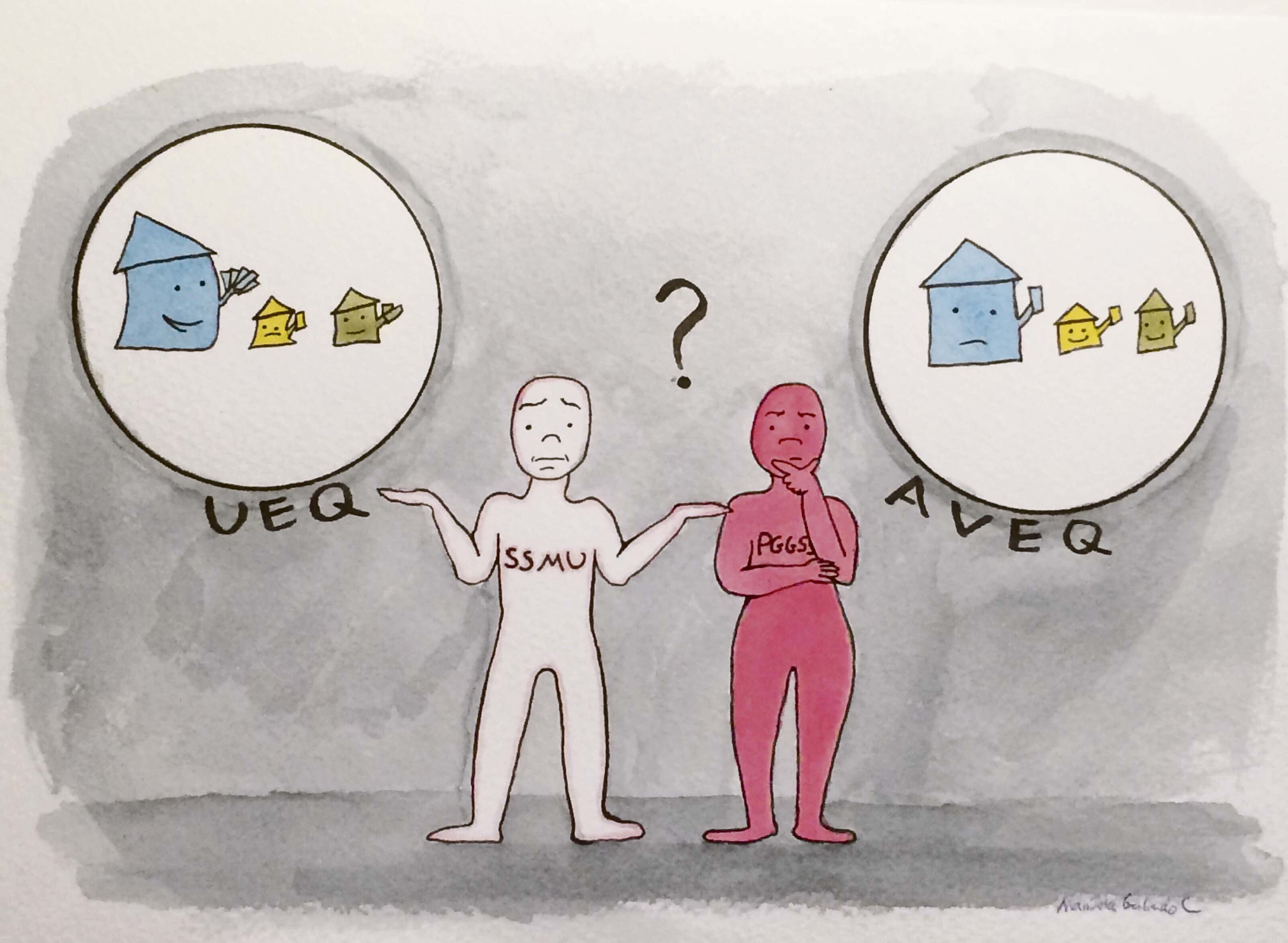Since last April, student associations across Quebec have been deliberating on the creation of a new provincial student federation that would replace the dormant Fédération étudiante universitaire du Québec (FEUQ).
According to Students’ Society of McGill University (SSMU) VP External Emily Boytinck, a functioning student federation is necessary to increase the reach of student associations that are mandated to lobby the provincial government.
In an interview with The Daily, Boytinck said, “In my job description as VP External, it says ‘lobby the government,’ but I can’t just call up the Minister of Education for a meeting. […] I can’t just write my own research report, with all my spare time, and go give it to the government.”
“If SSMU doesn’t join a student federation, then our voice just honestly won’t be represented at the governmental level.”
Former and current members of FEUQ at the table included SSMU, McGill’s Post-Graduate Students’ Society (PGSS), the Concordia Student Union (CSU), and the 40,000-student Fédération des associations étudiantes du campus de l’Université de Montréal (FAÉCUM), which left FEUQ in March. During the talks, an interim organization known as the Projet pour le mouvement étudiant (PPME) was created and tasked with setting the modalities for the creation of a new federation.
“If SSMU doesn’t join a student federation, then our voice just honestly won’t be represented at the governmental level.”
The PPME released a contract that could be signed by interested student associations, and, according to SSMU VP External Emily Boytinck, the interested associations also contributed money toward the realization of the goals of PPME.
“SSMU, however, did not sign the contract or put in money,” Boytinck told The Daily. “It was quite abrupt and there [were] a lot of organizations that were not feeling how abrupt and fast-paced a lot of people wanted to move.”
Several student organizations were unsatisfied with the proceedings of the PPME, criticizing the movement for recreating the dynamics of FEUQ. These organizations began a new project known colloquially as “vision commune.”
The organizations who left the table for the “vision commune” were mainly “regional organizations, as well as [the Association des étudiantes et étudiants de la Faculté des sciences de l’Éducation de l’UQAM (ADEESE)]” Boytinck explained.
By the end of the summer, the PPME became what is now known as the Union étudiante du Québec (UEQ), and “vision commune” became the Association for the Voice of Education in Quebec (AVEQ).
While some student associations have chosen to side with only one of the two options (UEQ or AVEQ), others (such as SSMU and PGSS) have decided to sit at both tables. Notably, FAÉCUM is more in favour of UEQ and ADEESE is more in favour of AVEQ.
“One association, one vote” vs. semi-proportional representation
The main difference between the two new student federations has to do with their voting systems. Similar to a certain extent to FEUQ, UEQ employs a double majority system, wherein each decision must first be approved through a “one association, one vote” system, and then through a semi-proportional system, which gives more weight to the votes of more crowded associations. In contrast, and like the more direct-democratic Association pour une solidarité étudiante (ASSÉ), AVEQ employs only the “one association, one vote” system.
In an interview with The Daily, CSU President Terry Wilkings said, “Having been a member association of the FEUQ, [we believe that UEQ’s] approach is one [that] leads to a high degree of factionalism, given that the votes are proportional to size and, therefore, voices around the table aren’t treated with the same value.”
“[We believe that UEQ’s] approach is one [that] leads to a high degree of factionalism, given that the votes are proportional to size and, therefore, voices around the table aren’t treated with the same value.”
“Whereas the AVEQ model, where each association shares equal weight in the conversation, leads to more constructive dialogue and leads to decisions that are more representative of the entire province, of the entire region,” Wilkings continued.
Nicolas Lavallée, secretary-general of FAÉCUM, denies that UEQ’s voting system is similar to that of FEUQ.
“We were trying to reach consensus on [the issue of voting systems] and we had collectively planned to speak about it later in the summer. But at a certain point, some associations left and created what seems to be called AVEQ,” Lavallée told The Daily.
FAÉCUM not included in deliberations on AVEQ
Lavallé also argued that FAÉCUM was not allowed into the deliberations about AVEQ. “It was restricted for us and many associations to attend the first AVEQ meetings […] at the beginning. We were invited once,” Lavallé explained.
“That’s partially the truth,” said ADEESE External Affairs Officer Marjorie Cyr-Beaudin, in French in an email to The Daily.
“However, it’s important to understand the context that explains this temporary exclusion. Because of previous collaborations with [each other], the asscoations participating in the creation of AVEQ chose to set up certain basics (voting method, values, et cetera) before inviting the entirety of Quebec university student associations,” Cyr-Beaudin said.
Wilkings characterized Lavallé’s statement as “misleading,” in concurrence with Cyr-Beaudin’s statement.
“I don’t think it was really about being exclusionary at all. It was more about presenting something that had adequate time to be produced.”

